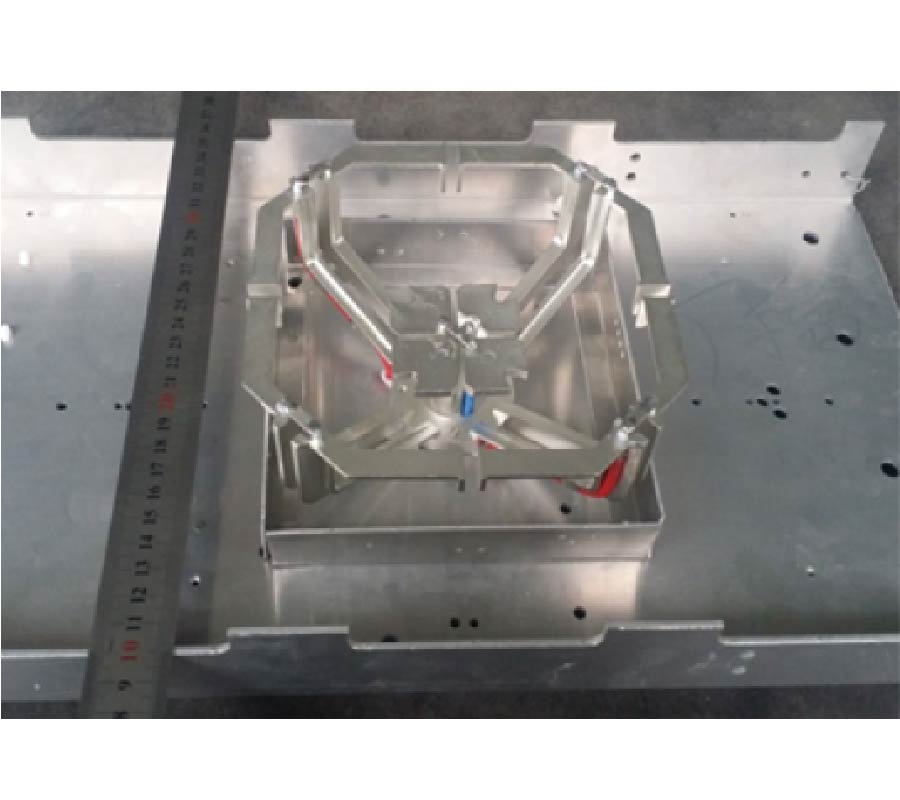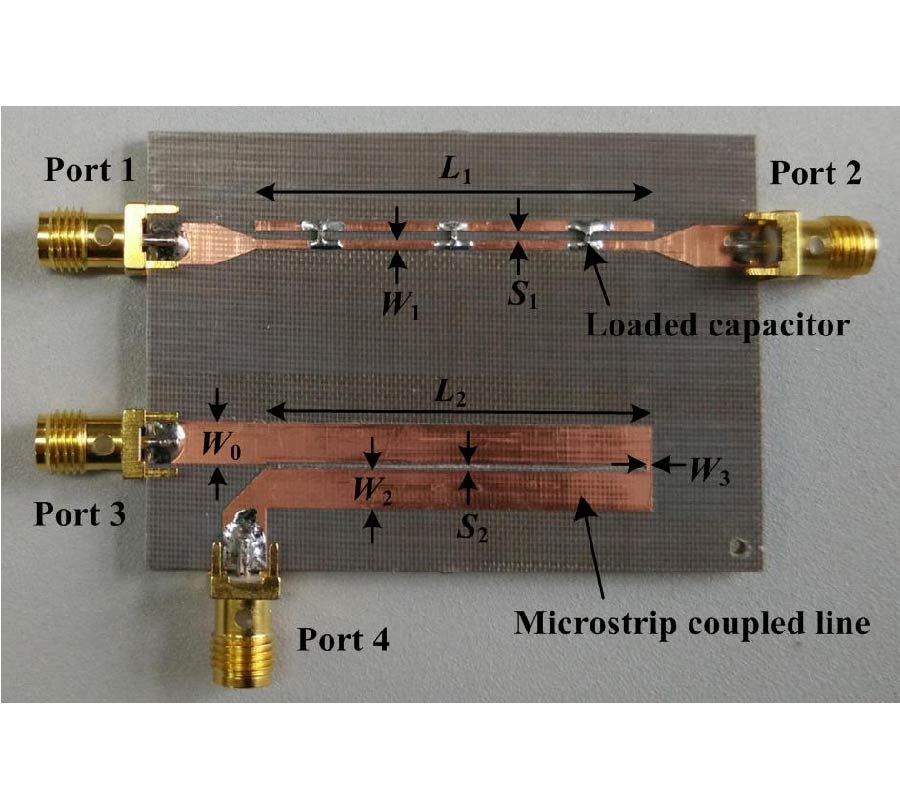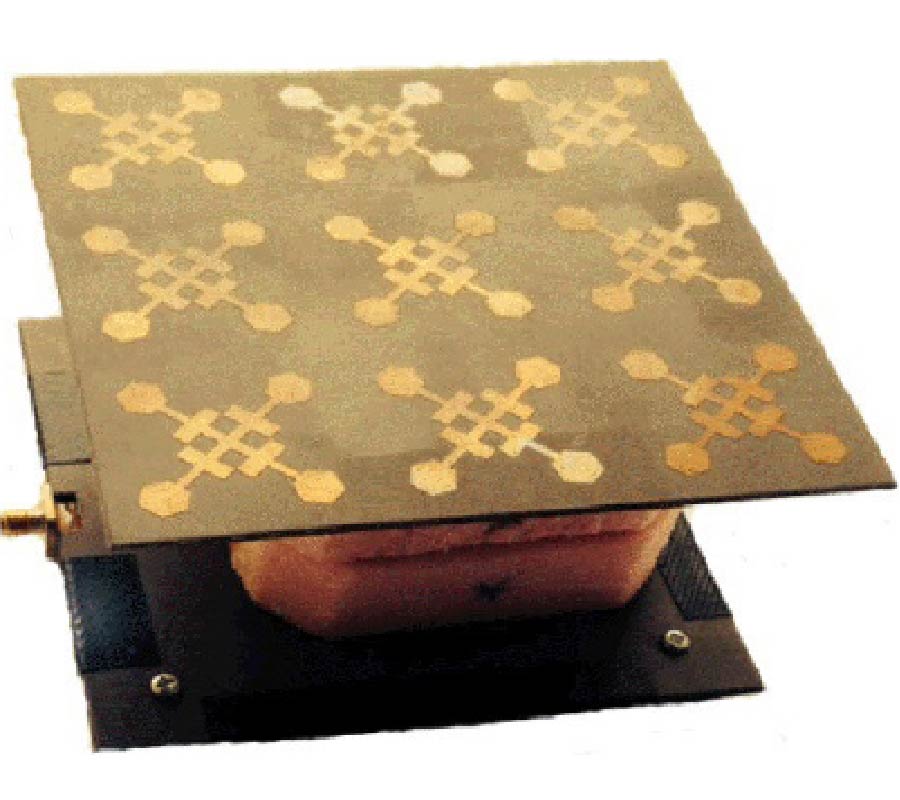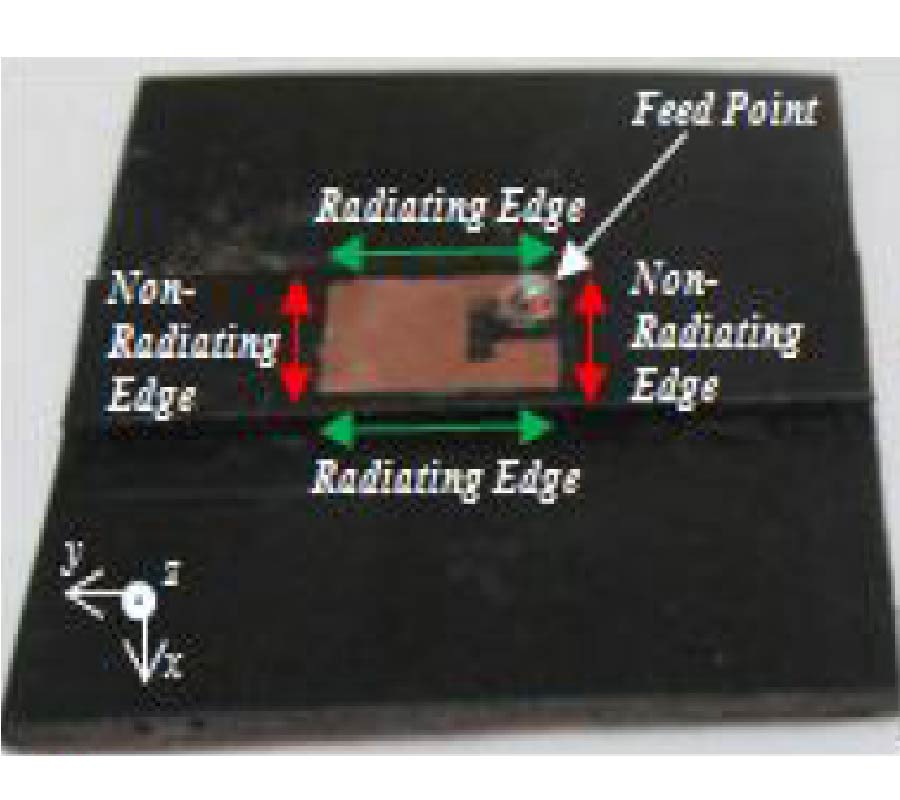A Compact GPS/WLAN Antenna Design for Mobile Terminal with Full Metal Housing
Zheqiang Wu,
Hao Wang,
Peng Chen,
Wenhui Shen and
Guangli Yang
Miniaturization and metal-housing environment are the two most critical problems in the design of antennas, because they can highly deteriorate the performances of antenna, which not only affects the antenna efficiency, but also influences the bandwidth. In this paper, a compact size antenna with full metal housing for GPS/WLAN applications is studied. The proposed antenna can excite triple-band operation that covers the GPS (1.575 GHz), WLAN 2.45 GHz and WLAN 5.2/5.8 GHz bands, and its corresponding measured average efficiencies over these three desired bands were 40%, 41%, and 70%, respectively. The proposed antenna has a volume of 20.5×5×4 mm3, which is probably the smallest antenna in the industry for full metal housing applications.



















